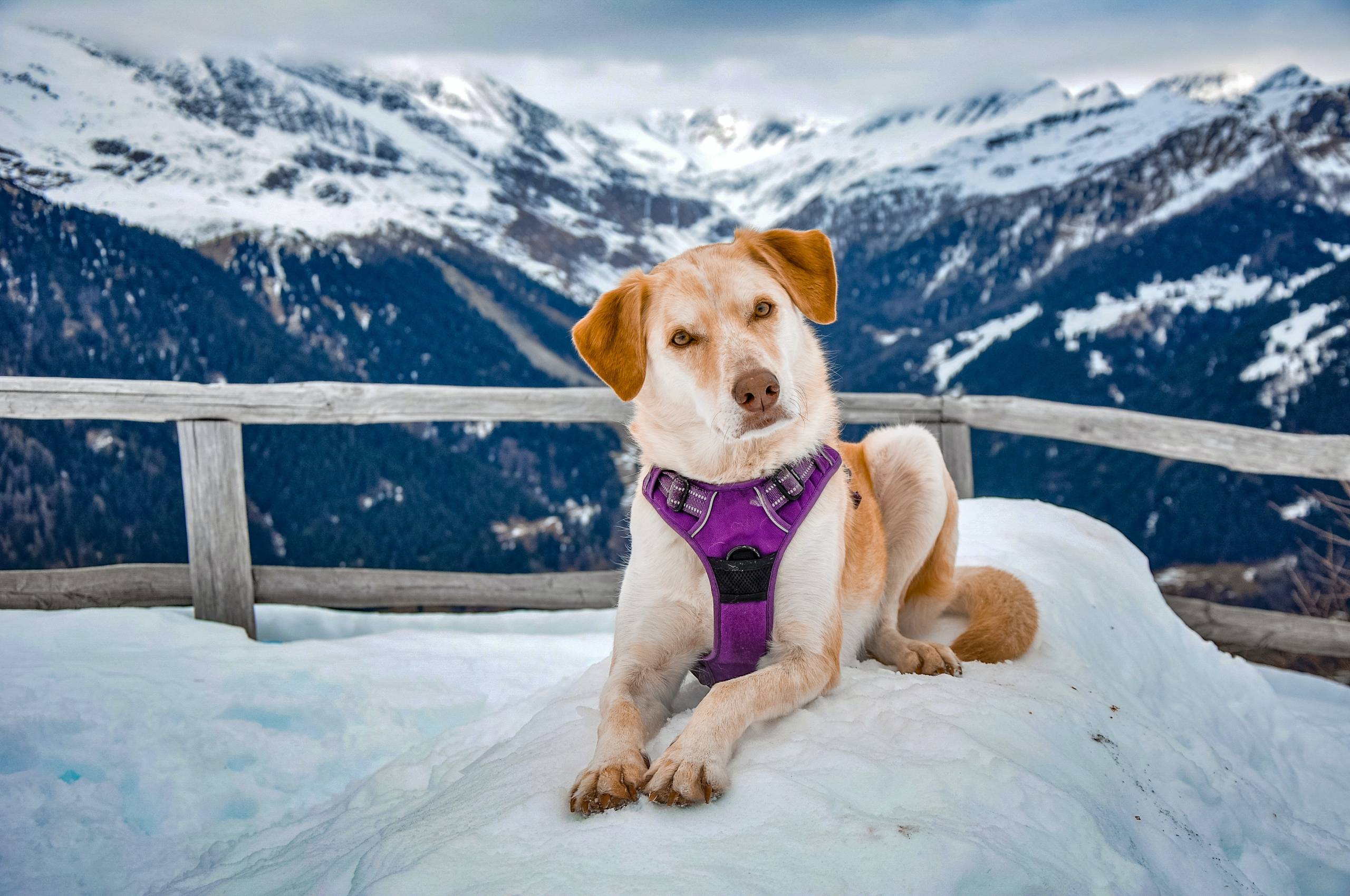
Understanding the Cause
Before you can address the problem, it’s essential to understand why your dog is peeing inside. There are various reasons for this behavior, including incomplete house training, anxiety, territorial marking, medical issues, or a lack of access to the outdoors. By identifying the underlying cause, you can tailor your approach to effectively address the problem and provide the right solution for your dog.
Consistent Training
Consistency is key in training your dog to pee outside. Set a regular schedule for feeding, walking, and bathroom breaks. By establishing a routine, your dog will learn when and where it’s appropriate to relieve themselves. Use positive reinforcement, such as treats and praise, to encourage your dog to go outside. Patience is crucial, as it may take time for your dog to learn the new routine.
Creating a Positive Outdoor Environment
Make the outdoor space an inviting place for your dog to do their business. Ensure the area is clean and free from distractions that may deter your dog from focusing on the task at hand. Additionally, consider using a designated spot for your dog to pee, as the familiar scent will encourage them to use the same area each time. By creating a positive environment outside, you can help reinforce the desired behavior.
Addressing Medical Concerns
If your dog’s peeing behavior seems unusual or sudden, it’s important to rule out any underlying medical issues. Schedule a visit to the veterinarian to ensure your dog is in good health. Medical problems such as urinary tract infections or incontinence can contribute to indoor accidents. By addressing any health concerns, you can help your dog feel more comfortable and confident in their bathroom habits.
Limiting Indoor Access
Until your dog has fully grasped the concept of outdoor peeing, consider limiting their access to areas where accidents have occurred. Use baby gates or close doors to restrict access to certain rooms. This will give you better control over your dog’s environment, reducing the likelihood of indoor accidents and helping to reinforce the outdoor bathroom routine.
Cleaning Accidents Properly
Accidents will happen, so it’s crucial to clean up any indoor messes thoroughly. Use an enzymatic cleaner to eliminate odors, as residual scents may encourage your dog to pee in the same spot again. By removing the scent completely, you can help prevent repeat accidents in the house.
Seeking Professional Help
If you’ve tried various strategies and your dog continues to pee inside, consider seeking guidance from a professional dog trainer or behaviorist. They can assess your dog’s specific needs and provide tailored advice to address the problem effectively. Professional guidance can be invaluable in resolving persistent indoor peeing issues.
In conclusion, stopping your dog from peeing in the house requires patience, consistency, and understanding. By identifying the cause, implementing a regular routine, creating a positive outdoor environment, addressing medical concerns, limiting indoor access, cleaning accidents properly, and seeking professional help if needed, you can help your dog develop appropriate bathroom behaviors. With dedication and the right approach, you can guide your furry friend toward better bathroom habits and a happier, healthier life together.
[/fusion_text]

